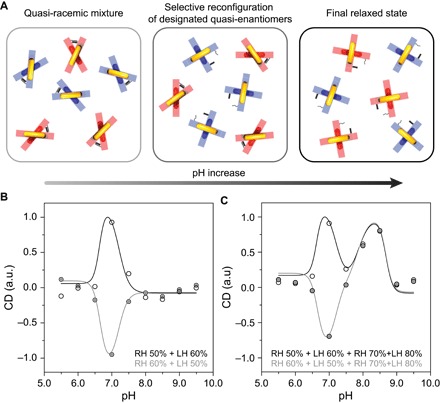Fig. 4. Enantioselective control of the chiral plasmonic metamolecules.

(A) Selective reconfiguration process of the designated quasi-enantiomers. Left: At low pH values, the LH (red) and RH (blue) metamolecules coexist in equimolar amounts. LH and RH metamolecules are quasi-enantiomers, that is, they are enantiomers as plasmonics object but functionalized with DNA locks with different TAT content. The mixture is quasi-racemic. Middle: Upon a pH increase, one type of the quasi-enantiomers (blue) undergoes a locked-to-relaxed transition. Right: Further pH increase results in both quasi-enantiomers being in the relaxed state. (B) Relative CD dependence on pH for a mixture of two quasi-enantiomers; RH 50% and LH 60% (black open circles); RH 60% and LH 50% (gray solid circles). (C) Relative CD dependence on pH for a quasi-racemic mixture composed of four different metamolecules in equimolar amount; RH 50%, LH 60%, RH 70%, and LH 80% (black open circles); RH 60%, LH 50%, RH 70%, and LH 80% (gray solid circles). The predicted CD responses dependent on pH are represented by solid curves (see Materials and Methods).
